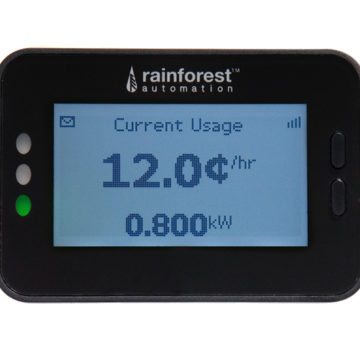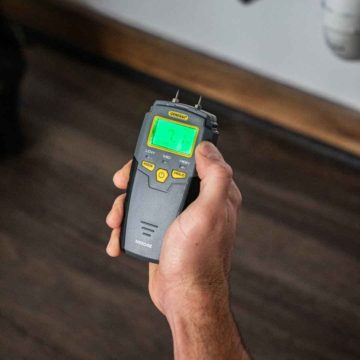Libraries Should Start Lending Home Energy Monitoring Tools
Arman Mottaghi, MSc., CEO of Properate, explains an easy way for homeowners to monitor home energy through library tool lending programs. By monitoring home energy, homeowners can identify ways to make their homes more climate resilient.
I am going to talk about our local libraries, but here is my promise to you: I am not going to ask you to read more books.
“Wait… what”? you say.
Books are the first things that come to mind when people think of libraries; however, many libraries lend things that don’t have anything to do with the written word. Vancouver libraries lend musical instruments, Toronto libraries lend out tools, and the Okanagan library lends out home energy monitoring kits.
Let’s turn our libraries into climate resiliency battle stations!
Arman Mottaghi
The gears were already turning in my head. You see, I am a Building Scientist. I help people make their homes healthy, durable, comfortable, energy efficient, and climate resilient. But I only have 24 hours in a day. All the other Buildings Scientists that I know also suffer from the same condition.
Then, of course, we are living at the time of a climate emergency. There are targets for 2030 and 2050 that must be met. People are dealing with extreme climate events never seen before, and the shortcomings of our homes to keep us healthy are becoming unignorable. Worse yet, we are stuck with what we have got. A common saying goes like “80% of the buildings you will ever see in your life, have already been built”.
There is no way around it. We have to retrofit pretty much every home; with a good chance, your home is on that list. Now, here is a random question for you: “what percentage of your energy consumption comes from your fridge?”
Your fridge may not be doing all that well, or perhaps the problem is elsewhere. In many homes, spots in the walls are not well-insulated. Some others have air leaking from wall plugs. These may seem like small issues, but another common saying goes like: “Energy in the home is like water in a bucket, it takes only one hole to lose it all.“
There are many tools to know where and what is not working in your home, albeit the costs don’t justify a one-time use of such tools. This is where we get back to the libraries.
Libraries have all the systems and community reach to provide energy monitoring devices and much more. These may be:
- Thermal cameras that you can use to see your home in the infrared spectrum. They are excellent for identifying the parts of the home that leak energy.
- Energy monitoring devices to measure the consumption of individual appliances in the home.
- Air quality monitors to measure the purity of the air and also volatile/harmful elements in the home’s air.
- Moisture meters to test if any of the building components is staying wet from water ingress or condensation.
Operating these devices at a basic level should not require extensive training. Better yet, all these devices are commercially available at multiple price-points, so they are easy to source.
What the Okanagan library presently lends are the first two, and they have been impactful. One example that comes to my mind is when I was talking with someone I’ll call “Jen” – an Okanagan homeowner about home upgrades.
Jen had done a lot of the things that contractors had asked her to do – insulate this, change that, and so on. Still, she was not quite happy with her home. Something was not working. I asked her if she had looked around her home with a thermal camera. “Ya know, the library has a few of those”.
Jen paused, and then exclaimed: “I did not know that!”
I have enjoyed a couple of pause-then-exclaim moments like this. I suppose that’s how the word has been traveling. My anecdote is by no means an isolated case. As of writing this, the 20 or so energy saving kits of the Okanagan library have over 60 hold requests on them.
I think all libraries ought to provide such energy-saving diagnostic kits. It is one of those simple and deeply impactful “hacks” that’s not out there simply because we have not given enough attention to it.
Our libraries have all the processes in place to lend and track the borrowings already. What’s needed is just the purchasing. $600 can get you a thermal camera with a good resolution, $150 buys you an air quality monitor with a decent number of features, and the rest have similar prices. Most libraries will need multiple of these to avoid long wait times but even in that case, the price is clearly not a barrier.
So here is my call, and my ask: Let’s turn our libraries into climate resiliency battle stations.
Contact your local library and ask them if they have energy monitoring kits available. Talk to your library board and influence their objectives. If you are part of the academia, test the devices that fall into your knowledge domain and find out which brands/types are the most accurate.
Lastly, please try to bring this up to your friend group. Chances are that they could benefit from a kit and might also want to advocate for it. Home energy monitoring is essential to change – and there’s absolutely no reason for it to be as hard as it is today.

















